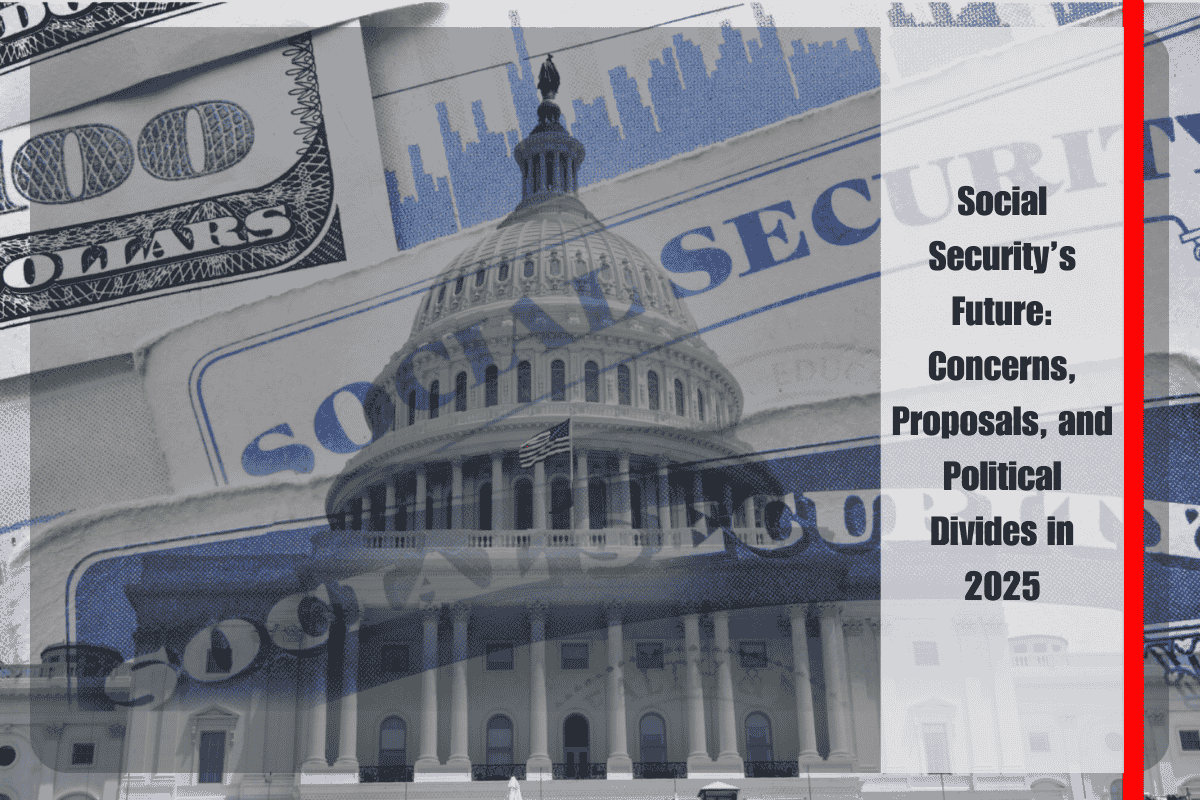Inflation continues to be one of the biggest financial challenges for Americans, especially for retirees who depend heavily on Social Security benefits. While the Cost of Living Adjustment (COLA) is designed to help beneficiaries cope with rising prices, many experts argue that it falls short—leaving older Americans struggling to maintain their quality of life.
The COLA is the tool used by the Social Security Administration (SSA) to adjust benefit amounts each year to reflect inflation. It is calculated using the Consumer Price Index for Urban Wage Earners and Clerical Workers (CPI-W), which tracks price changes for various goods and services. However, the CPI-W is based on the spending patterns of working-age individuals, not retirees. This gap creates a significant issue, as it doesn’t reflect the real expenses older adults face, such as rising health care and housing costs.
In the first half of 2025, the CPI-W rose by 2.4%, while housing expenses for retirees increased by 3.9%, and healthcare costs rose by 2.8%. These figures show that inflation is hitting retirees harder than what the COLA formula accounts for. As a result, many seniors are left with benefit increases that don’t fully cover the rising cost of their basic needs.
Adding to the problem is the federal hiring freeze introduced by former President Trump. The freeze affects the federal agencies responsible for collecting and analyzing inflation data. According to The Wall Street Journal, this could lead to inaccuracies in the inflation measurements, making the COLA calculation even less reflective of real-world costs. Without reliable data, it becomes even harder to adjust benefits fairly and accurately.
According to the Senior Citizens League, retirees have been losing purchasing power since 2010, and COLA increases have done little to close the gap. Although there is talk of a 2.6% to 2.7% COLA increase for 2026, experts believe it still won’t be enough to match the actual spending needs of retirees. Inflation continues to impact essentials like housing, groceries, and medical care—all critical for older adults.
The COLA formula itself is straightforward. The SSA compares the CPI-W from the third quarter of the current year to the same quarter the previous year. The percentage change becomes the COLA for the upcoming year. This adjustment takes effect every January and applies for the entire year. While the system was created to maintain purchasing power, its foundation is outdated for the needs of today’s aging population.
Looking ahead, many retirees are left feeling uncertain and unprotected. A study by the Employee Benefit Research Institute showed that only one-third of surveyed retirees feel confident that they’ll have enough money to live comfortably through retirement. The rest are growing increasingly anxious about their financial future.
The final COLA percentage for 2026 will be announced in October 2025, once the SSA has complete third-quarter data. Until then, older Americans can only hope for a fair adjustment that better reflects the actual costs they face each day.












